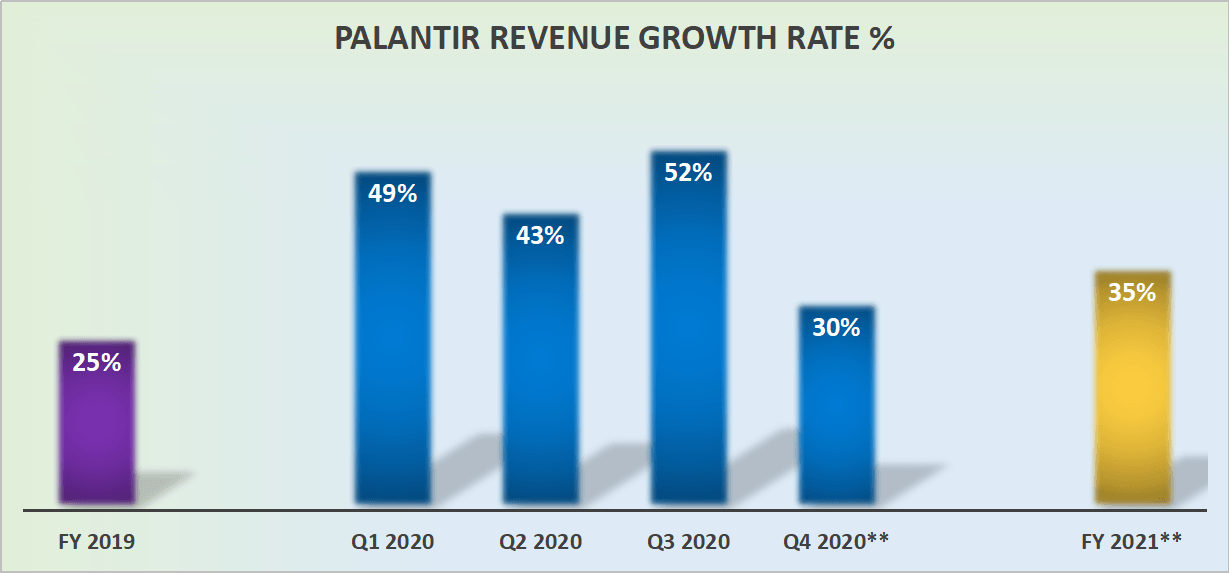Examining The Impact: Trump's Transgender Military Ban And Its Consequences

Table of Contents
Impact on Military Readiness and Effectiveness
The ban negatively affected military readiness by excluding qualified individuals and disrupting the cohesion of units. The expulsion of transgender service members resulted in the loss of skilled personnel and expertise, directly impacting operational capabilities.
-
Loss of skilled personnel: Transgender individuals, like all service members, brought valuable skills and experience to the military. Their forced departure represented a significant loss of talent and expertise across various roles and ranks. Many had already undergone extensive and costly training, making their dismissal even more detrimental.
-
Disruption of unit cohesion: The uncertainty surrounding the ban, coupled with the discriminatory practices it fueled, created a hostile environment within units. This negatively impacted morale, trust, and ultimately, teamwork – essential elements for effective military operations. The resulting climate of fear and distrust undermined unit cohesion and effectiveness.
-
Increased costs: The legal battles surrounding the ban, the process of discharging transgender service members, and the subsequent efforts to reinstate them all placed significant financial burdens on the military. These resources could have been better allocated to improving readiness and training.
Supporting this assessment are several reports indicating a drop in retention rates and overall readiness following the ban's implementation. While precise figures quantifying the direct impact are difficult to isolate, numerous anecdotal accounts from military leaders and personnel confirmed negative impacts on unit morale and performance.
Effects on Morale and Recruitment
Trump's transgender military ban significantly damaged morale among both transgender and cisgender service members, while also hindering recruitment efforts. The policy sent a clear message of intolerance and discrimination, impacting the perception of the military as an inclusive and equitable institution.
-
Decline in morale: The ban fostered a climate of fear and uncertainty, especially amongst those who valued diversity and inclusion within the military. Many cisgender service members expressed their disapproval of the ban, further contributing to the decline in morale.
-
Deterrent to recruitment: Potential recruits, particularly those from diverse backgrounds, were less likely to consider joining an organization perceived as discriminatory. This resulted in a decrease in the pool of qualified applicants, further impacting military readiness. The ban created a negative public perception impacting the military's ability to attract talent.
-
Damaged reputation: The policy negatively impacted the military’s image, both domestically and internationally. The perception of discrimination harmed the military's efforts to project itself as a symbol of American values and ideals of equality and opportunity.
Anecdotal evidence from service members, combined with analyses of recruitment trends before and after the ban's implementation, supports the assertion that the policy negatively impacted both morale and recruitment. Studies also show a decline in applications from LGBTQ+ individuals after the ban was announced.
Legal Challenges and Societal Implications
The transgender military ban faced significant legal challenges, underscoring the broader societal debate surrounding transgender rights and inclusion. The ensuing legal battles highlighted the deep divisions within American society on this issue.
-
Numerous lawsuits: The ban faced numerous lawsuits from various organizations and individuals, challenging its constitutionality and discriminatory nature. These legal challenges brought the issue of transgender rights into the national spotlight.
-
Public reaction and activism: The ban sparked significant public reaction, with widespread protests and advocacy from various LGBTQ+ rights organizations. The controversy ignited significant political debate and increased public awareness of transgender issues.
-
Wider implications for LGBTQ+ rights: The ban was not an isolated event but rather part of a broader pattern of challenges to LGBTQ+ rights within the US. The legal battles and public discourse surrounding the ban highlighted the ongoing struggle for full equality and acceptance.
Specific lawsuits, court rulings, and news articles covering the public response and activist efforts demonstrate the widespread societal implications of this policy. The legal battles ultimately contributed to the eventual reversal of the ban.
The Reversal of the Ban and its Aftermath
While the Biden administration's reversal of the ban was a significant victory, it did not entirely erase the negative consequences. The lingering effects of the ban continue to impact transgender service members and the military as a whole.
-
Ongoing challenges: Even after the ban’s reversal, many transgender service members continue to face discrimination and challenges to their service. The process of reintegration was not seamless, and many faced hurdles in accessing appropriate healthcare and support.
-
Need for continued support: The reversal of the ban necessitates robust policies and programs to foster inclusion and support within the military for transgender service members. This includes access to gender-affirming care, equitable treatment, and a zero-tolerance policy for discrimination.
-
Long-term effects: The long-term impacts of the ban are still being assessed, but they undoubtedly include lasting damage to trust and morale. The military's ability to attract and retain a diverse range of talent has also been affected.
The reversal of the ban marked a critical step, but the full restoration of trust and the eradication of discrimination require continuous commitment and targeted action.
Conclusion
Trump's transgender military ban had significant negative impacts on military readiness, morale, recruitment, and the larger societal discussion surrounding LGBTQ+ rights. The policy resulted in the loss of skilled personnel, disrupted unit cohesion, damaged the military's reputation, and fueled further divisions within society. The subsequent legal battles and public outcry underscore the importance of ongoing advocacy for the rights of transgender service members. Understanding the lasting consequences of Trump's transgender military ban is crucial. Continued advocacy and support are necessary to ensure a truly inclusive and equitable military for all, fostering transgender military inclusion and promoting policies that support the impact of transgender military policy on recruitment and retention.

Featured Posts
-
 Remembering A Pioneer The Death Of Americas First Publicly Identified Non Binary Person
May 10, 2025
Remembering A Pioneer The Death Of Americas First Publicly Identified Non Binary Person
May 10, 2025 -
 The Whats App Spyware Case Metas 168 Million Payment And Lessons Learned
May 10, 2025
The Whats App Spyware Case Metas 168 Million Payment And Lessons Learned
May 10, 2025 -
 Focus On De Escalation Key Outcomes Of This Weeks U S China Trade Talks
May 10, 2025
Focus On De Escalation Key Outcomes Of This Weeks U S China Trade Talks
May 10, 2025 -
 Will Palantir Be A Trillion Dollar Company By 2030 An In Depth Analysis
May 10, 2025
Will Palantir Be A Trillion Dollar Company By 2030 An In Depth Analysis
May 10, 2025 -
 A Simple Path To High Dividend Income
May 10, 2025
A Simple Path To High Dividend Income
May 10, 2025
